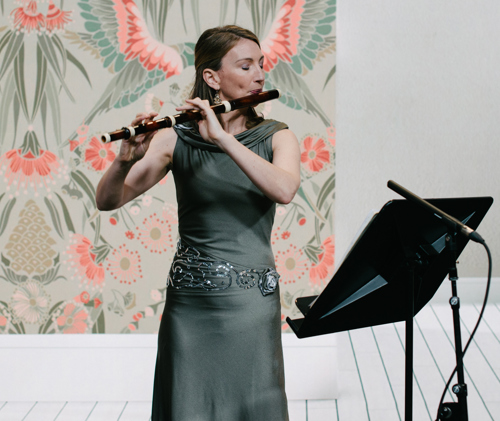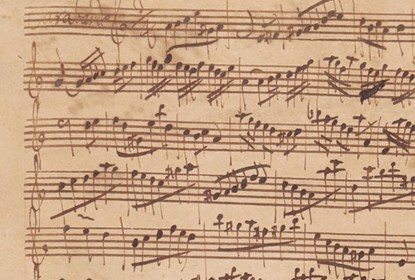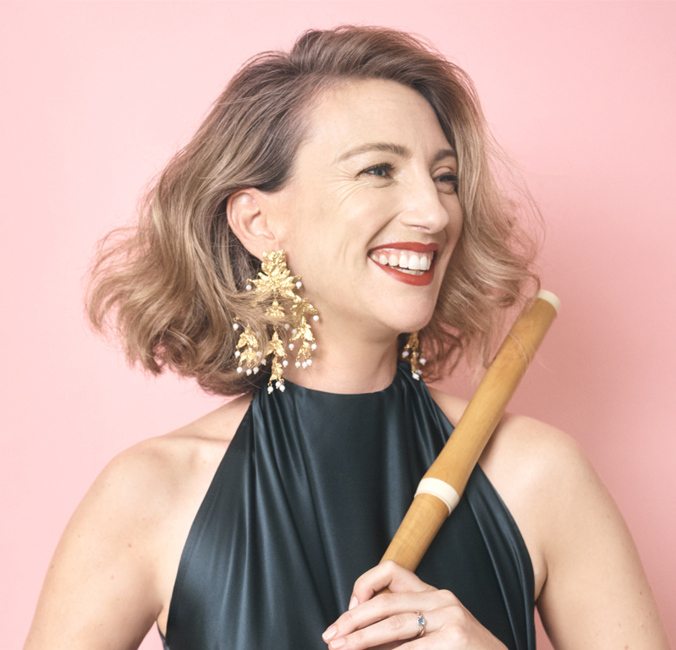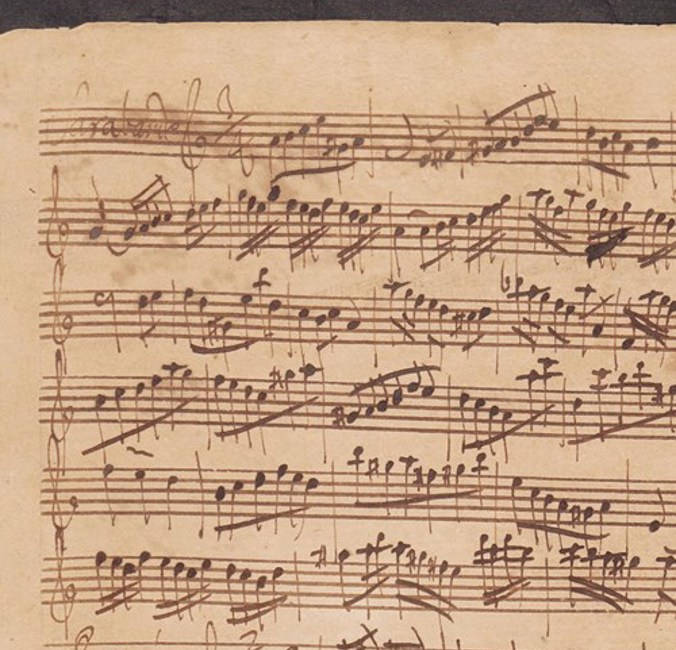Bach Series
Melissa Farrow Baroque Flute
BACH Nº 14
Melissa Farrow performs the Sarabande from JS Bach's Partita in A minor for solo flute, BWV 1013

PROGRAM NOTES
Johann Sebastian Bach (1685-1750)
PARTITA IN A MINOR, BWV 1013
Sarabande
‘Partita’ was originally the name for a solo instrumental piece of music in the sixteenth and seventeenth centuries. Various composers including JS Bach used the term for collections of musical pieces, as a synonym for ‘Suite’. The root word is seemingly the Italian ‘parte’, meaning a ‘part’ or ‘section’.
While the Suite has movements in contrasting – though related – keys, a Partita remains true to its home tonality throughout. This is certainly the case with Bach’s Partita in A minor for solo flute. We do not know however, if JS Bach referred to this work as a Partita since no autograph manuscript survives. Indeed, the only copy from the period bears the name Solo p[our une] flûte traversière par J. S. Bach, and although unattributed comes to us from the back of a manuscript copy of Bach’s Partitas and Sonatas for solo violin made by a very able pupil of Bach's, Bernhard Christian Kayser.
Principal Baroque Flute of The Australian Brandenburg Orchestra, Melissa Farrow, has taken a long journey to come to this rendition of the only surviving piece by JS Bach for solo flute:
![]()
I first listened to the JS Bach Partita when I was a teenager, studied it and performed it on modern flute for my Senior Recital at the Con, way back in 1997.
Back then, playing on a silver flute, I took several masterclasses on how to interpret this masterpiece, blindly imitating the teachers’ advice to ‘even out’ everything musically and technically to sound crisp, bright and as perfect as possible. This was simply the typical modern flute approach back then to performing a well-known standard piece, Baroque or not.
These days, when approaching it from a HIP (Historically Informed Performance) perspective, and on a wooden replica one-keyed Baroque flute, I enjoy abandoning nearly everything I learned from the past, scrapping that weary approach for an attempt to breathe new life into this grand solo.
There are only a few solo pieces in the flute’s eighteenth-century repertoire, and so those that exist are played again and again. It feels both risky and exciting to pull the familiarity away and to explore a piece as if for the very first time. It is a demanding but very rewarding process to attempt to ‘see’ something new in it and create individuality every time. The genius of the Partita, a collection of dances, lies in the fact that all the movements are connected in some way or to each other, either motivically or rhythmically.
MELISSA FARROW
WHAT TO LISTEN FOR
Sombre and introspective, this stylised sarabande is not overtly dance-like and draws in both listener and performer for deeper contemplation again and again, phrase after phrase. With her wealth of performing experience behind her, Melissa is the person best placed to share insights into this wonderful movement:
![]()
The languishing Sarabande from the Partita in A minor sits well within the flute’s low to mid-range, revealing the instruments’ rich, full-bodied, and sweeter tones. Above the fundamental pull of the dance in three, the decorative nature of the quavers and then even freer semiquavers allows for flexibility, shaping and nuances.
From the very opening, when the A minor arpeggio reaches up and then is dramatically pulled down by a sighing fall, this Sarabande exploits many of the tone colours the flute can offer. The movement also showcases the flute’s natural ability to express detailed nuances, such as appoggiaturas and scaling softly tongued fluid runs, alongside the fundamental broken chords.
MELISSA FARROW
Program Notes: Joanna Butler & Hugh Ronzani, 2021
Image Credit: Katelyn-Jane Dunn, 2020
BACH SERIES PRESENTING PARTNER
Artists
Listen
{% error.message %}
More for you...
{% series.name %}
Featured Content
{% series.featuredTitle %}















